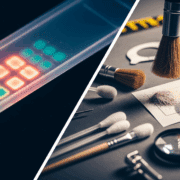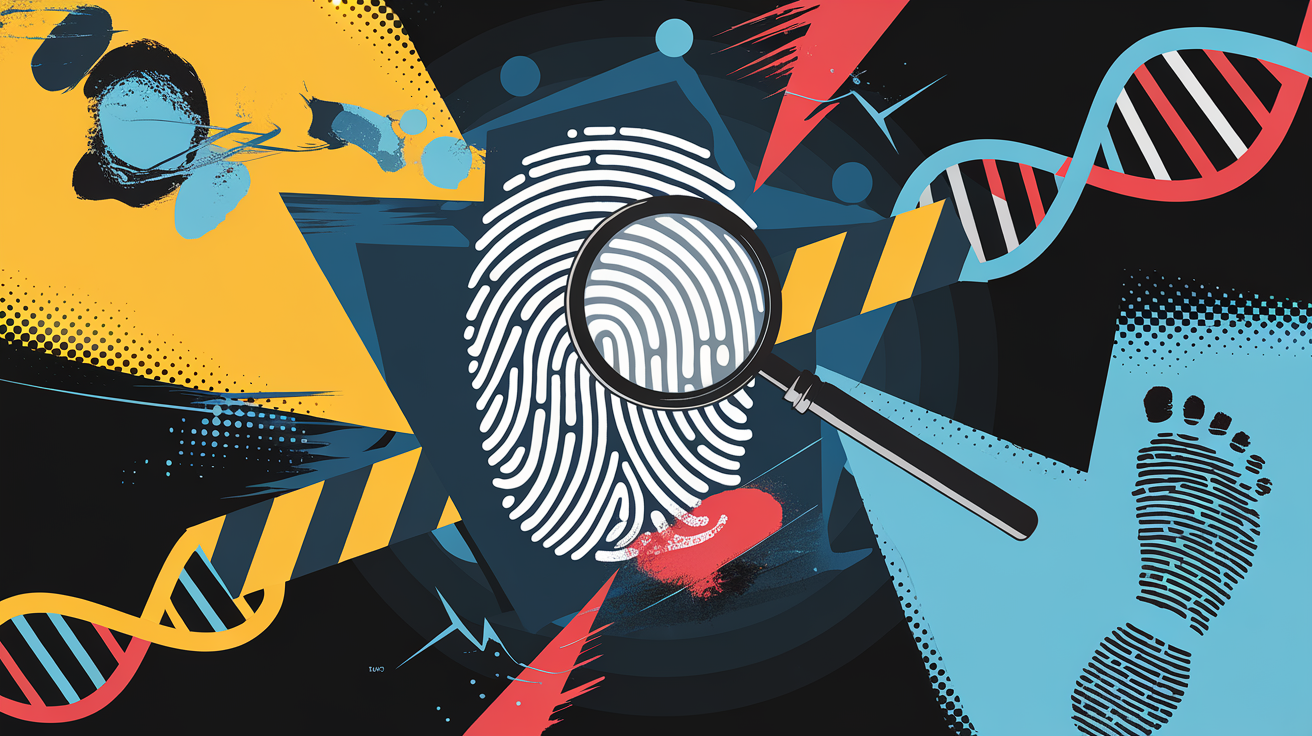Forensic science


Basics of Forensic Science Quiz
Think you know the basics of forensic science? Take this beginner-friendly quiz and test your knowledge of crime scene investigation and lab analysis.
Forensic Analyst by Profession. With Simplyforensic.com striving to provide a one-stop-all-in-one platform with accessible, reliable, and media-rich content related to forensic science. Education background in B.Sc.Biotechnology and Master of Science in forensic science.
Leave a Comment Leave a Comment






